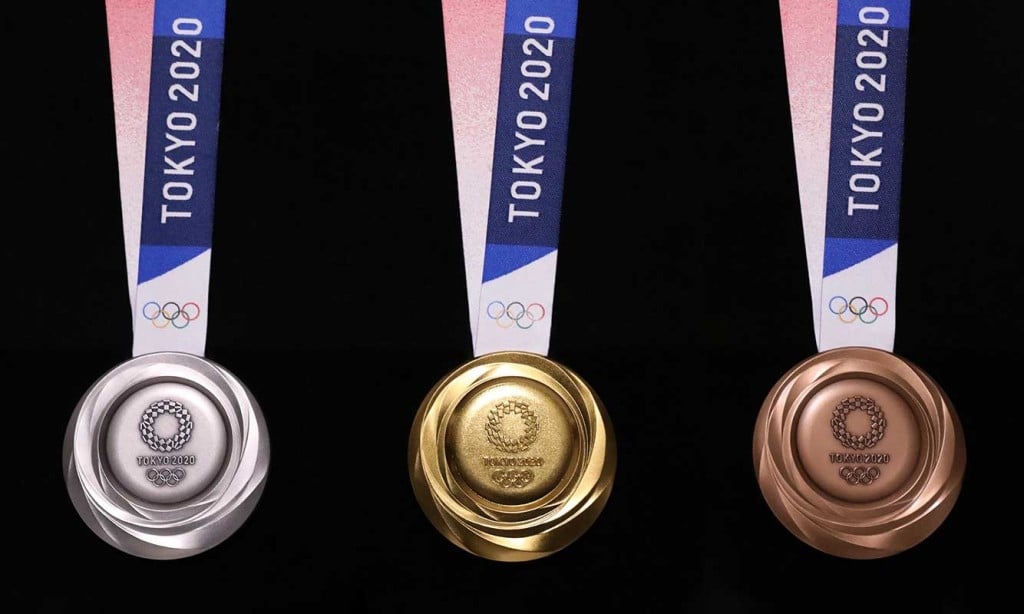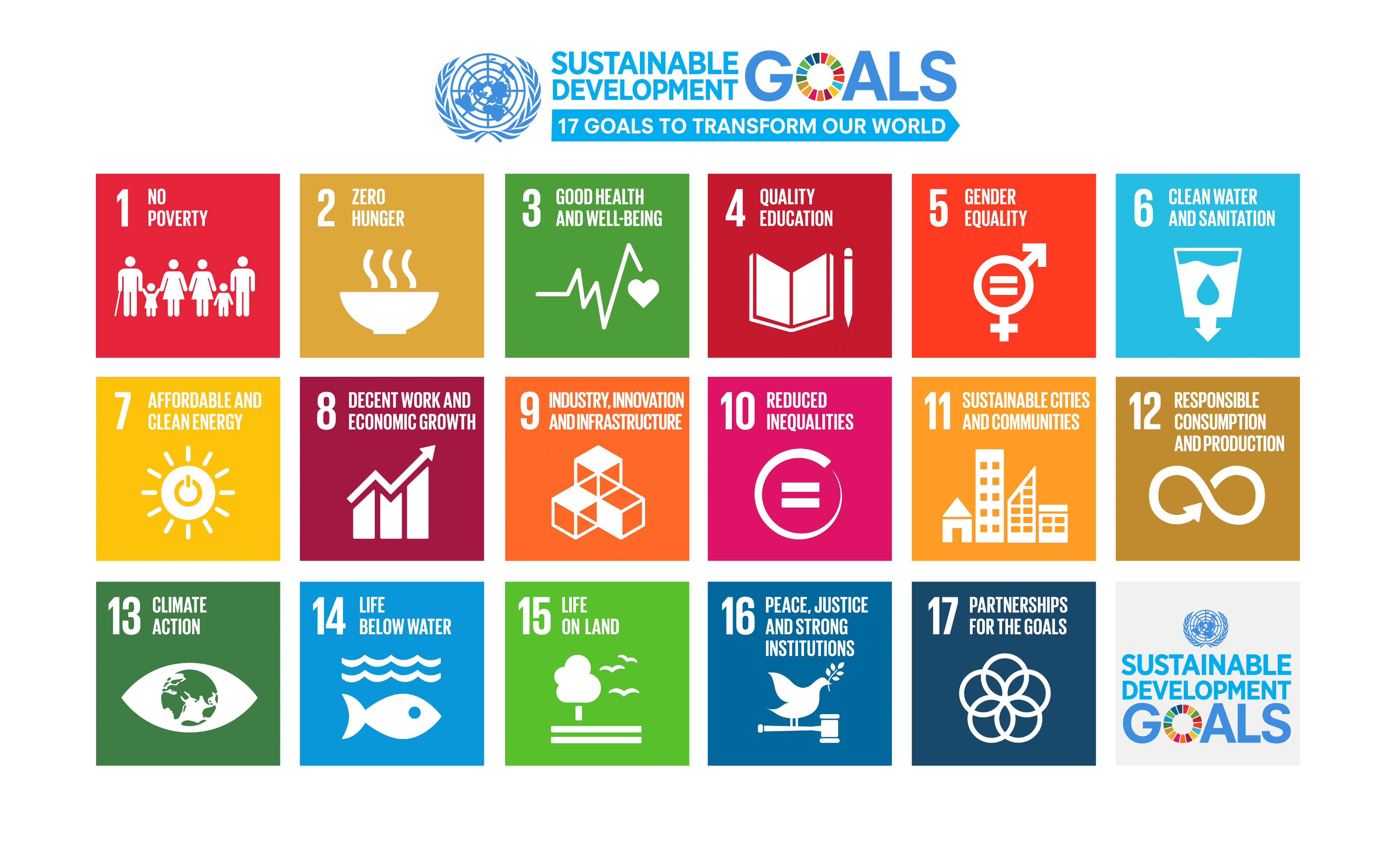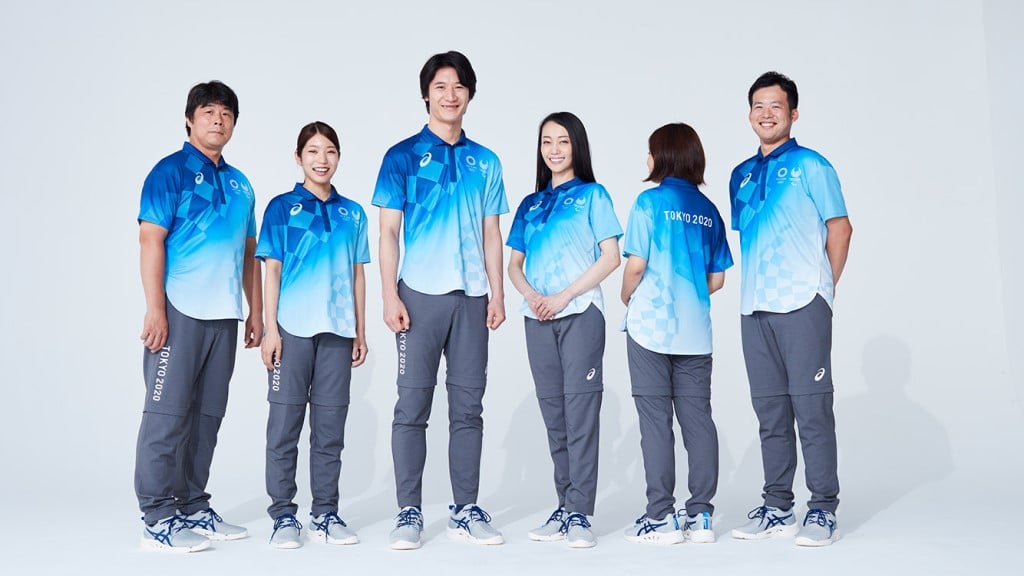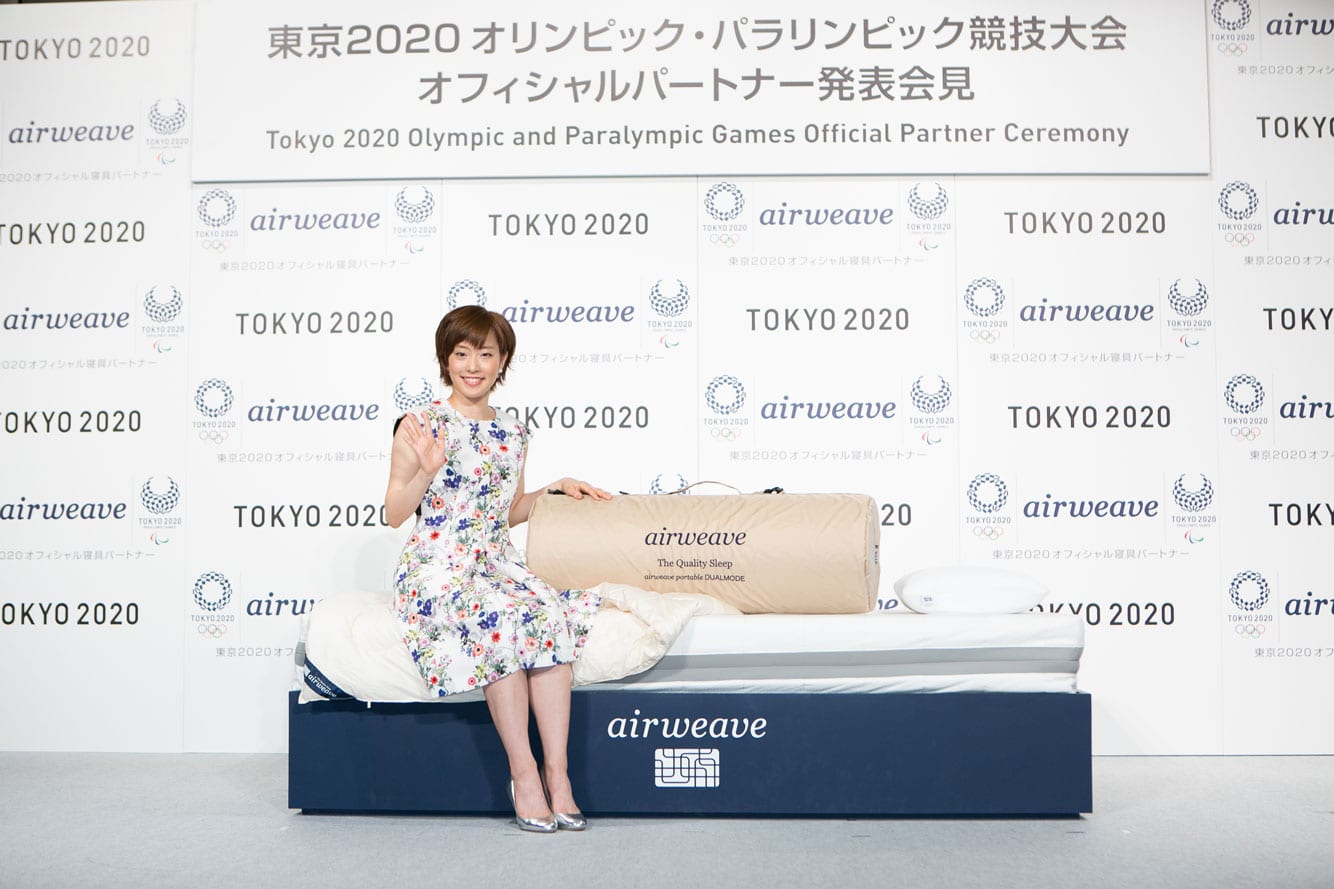Recycled Products are the First Winners of Olympic 2020

The Tokyo 2020 Olympics is built on the community’s desire for a greener, more united world
The Olympic Games of 2020 has an initiative and it is going to be the key factor for the entire event. Hint: it’s a green one. Tokyo, where the 2020 Olympics is going to be held, has declared that the Games are going to center on global sustainability with all its resources and infrastructure revolving around green and clean methods that benefit the environment. The motto of the Olympic Games is to “be better together— for the planet and for the people”. Powerful stuff.
Active effort to keep the environment safe is not the only mission in play here. The organizers hope that this initiative brings global awareness and a sense of urgency to the people that a united front is needed for safer tomorrows. The Tokyo Olympic Games has a sustainability legacy consisting of three pillars: minimal environmental burden, urban environment harmonizing with nature and a sustainable city through sport. This is constructed for the betterment of not just the city but also towards the rest of Japan.

The Tokyo Olympics’ Sustainability Triumphs:
1. The Olympic uniforms are made out of plastic bottles:
The uniforms of the torchbearers are going to be produced with plastic bottles collected by Coca-cola, who happens to be an Olympic partner and an ally in environmental conservation. Uniforms belonging to staff and volunteers are also going to be made with recycled materials such as polyester and plant-based materials. The shoes are going to undergo a gentle dyeing process that requires a minimum amount of water.

Tokyo 2020 – Olympic Sustainability Uniform ©Tokyo2020
2. The Olympic podiums are made out of shampoo bottles:
With aid from Procter & Gamble, another Olympic partner, the podiums for the ceremonies are going to be made out of plastic, most of which are shampoo bottles collected and recycled from the company. The plastic has either been recovered from oceans and/or has been donated by the general public. After the Games, the podiums are going to be used for educational purposes and will, therefore, undergo the recycling process once again administered by P&G.

3. The beds are recycled and made out of cardboard:
Sounds uncomfortable, doesn’t it? I promise you it’s not. These Olympic beds can support up to 200kg despite it being lightweight and easily transportable in case the athletes want to change up their room’s feng-shui. The bed frame is literally light enough to be moved with one hand. I don’t know if this applies to the rest of us normies though. The mattresses are designed to perfectly support the athletes’ shoulders, waist and legs. It is also adjustable towards their body type and size. Who says green efforts have to come at a price?

Tokyo 2020 – Partnership with Airweave Beddings ©Tokyo2020
4. Cars and buses are low-emission and fuel-efficient:
These Olympic Games are going to be carbon-neutral and this is going to be achieved with the help of renewable energy sources and low-energy vehicles. We can’t deny that Tokyo already holds quite a reputation for having one of the most reliable transport systems in the world and they plan on taking it a step further for the Games’ initiative. All vehicles used for the Games will be environmentally-friendly. This means public transport vehicles, low-emission vehicles and fuel-efficient vehicles. No ifs, ands or buts.
5. The Olympic Torch is made out of recycled aluminum
Designed with the Shape of Japan, the Cherry Blossom Motif. Part of the Paralympic Torch is made of aluminum from the Great East Japan Earthquake. Technical features includes the adoption of a mechanism of a blue flame with thermal capabilities and flamesless combustion, keeping the flame alight.
6. The Olympic medals are made out of recycled electronics:
The last but definitely not the least is the organizers’ innovative idea to construct the famed Olympic medals with recycled electronic parts. The medals are designed by Junichi Kawanishi, a graphic artist based in Osaka. They measure 85mm in diameter and each medal is created with the most valuable (and discarded) of parts. Talk about sharp dualities, huh?
The gold medals are made of pure silver finished with six grams of gold plating. The silver medal is made of pure silver. The bronze medal is made with a red brass alloy comprising of 95% copper and 5% zinc. The medals will be housed in a circular wooden case made out of Japanese ash wood. They will be resting on an array of ribbons made to represent traditional kimono-layering. All medals display the renowned five interlocking rings and the Greek goddess of Nike in front of the Panathenaic stadium, where the first-ever Olympics were held.
